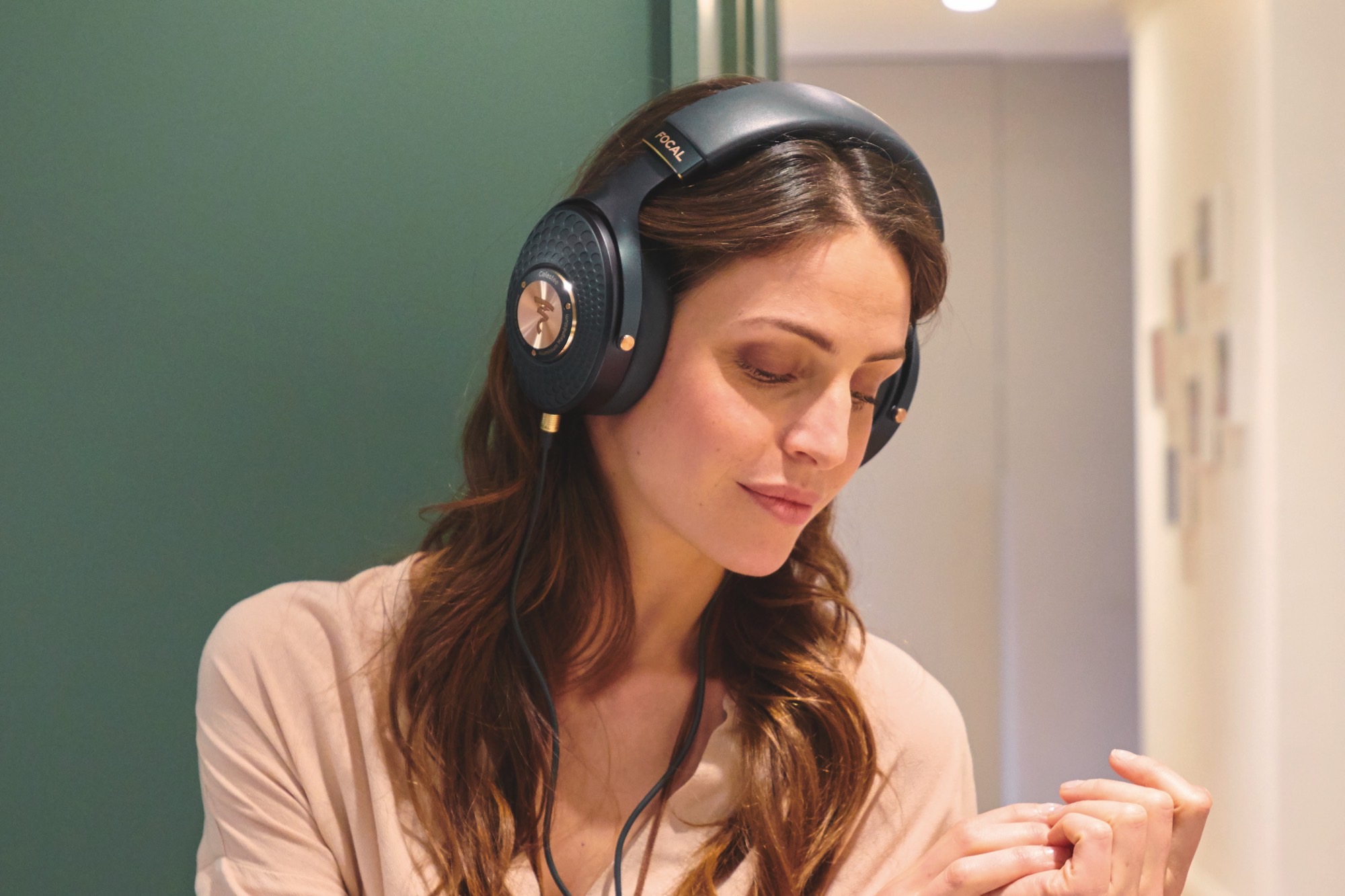
Everything is relative. That’s the only way you can look at French audio brand, Focal’s gorgeous new Celestee headphones — with their nearly $1,000 price — and keep a straight face. That’s because, in the world of audiophile gear, you don’t compare the wired-only Celestee to wireless models like Sony’s WH-1000XM4, or even Apple’s very expensive AirPods Max. Instead, you must compare them to other ultra-high-end headphones, like Focal’s Stellia — a set of cans that look identical to the Celestee, but which cost just shy of $3,000. Suddenly, $990 seems like a pretty good deal.
When Digital Trends got a chance to get some ears-on time with Stellia in 2019, our reviewer was mightily impressed by how these closed-back headphones managed to deliver the kind of listening dynamics that are normally associated with open-back models. “Clear, detailed, and beautiful, but they’re also spectacularly open,” he noted, “with a wide and airy soundstage that helps dispel the idea that closed-back headphones have to sound, well, closed.”

With the considerably less expensive Celestee, Focal is attempting to deliver a similar listening experience, at a more accessible (again, relatively) price. Much of the design and technology that Focal employed for the Stellia returns in the Celestee. The choice of luxury materials like semi-aniline leather, aluminum, and stainless steel define the contours of the Celestee. Their ear-cushions are wrapped in leather, which is not only comfortable, but practical, too: It helps seal out external sounds.
But the deep, amber of the Stellia’s Cognac color has been replaced with a more understated navy, with copper accents. “Navy is the new Black,” claims Doris Bölck, the designer and product colorist that consulted with Focal on the Celestee. “Dark blue is a versatile and timeless color that has been increasing in popularity. By choosing Navy Blue, we are adding a sophisticated, sumptuous feel to the headphones.”
The biggest difference between the Stellia and the Celestee, other than color and grades of leather, is the construction of the 40mm drivers that sit deep within those earcups. The Stellia’s drivers use pure beryllium, which is the lightest of all metals, yet is stronger than steel. It’s also very expensive, with prices that can range from $85 to $530 per 100 grams.
The Celestee, by contrast, uses drivers made from a considerably less exotic mix of aluminum and magnesium. Just how much of a difference this makes to the Celestee’s sound is something we won’t know until we hear them.
Despite the Celestee’s high price and audiophile pedigree, Focal has designed them to work with smartphones (assuming yours still has a headphone jack) and portable audio players like the Astell&Kern SR25, by giving the drivers a low, 35 Ohms impedance.
The Celestee ships with a carrying case, a 4-foot cable with a 1/8-inch unbalanced connector, and a 1/8-inch to 1/4-inch adapter. You’ll be able to buy them starting in February.
Editors' Recommendations
- Beyerdynamic’s DT 770 Pro X offers premium features for less
- Sony goes open-back with the MDR-MV1 studio monitors designed for spatial audio
- Focal’s first wireless headphones promise ANC and hi-fi sound for $799
- Sony’s new flagship headphones promise best-in-class noise canceling and calling
- JBL unveils a phalanx of new headphones and speakers at IFA 2021








